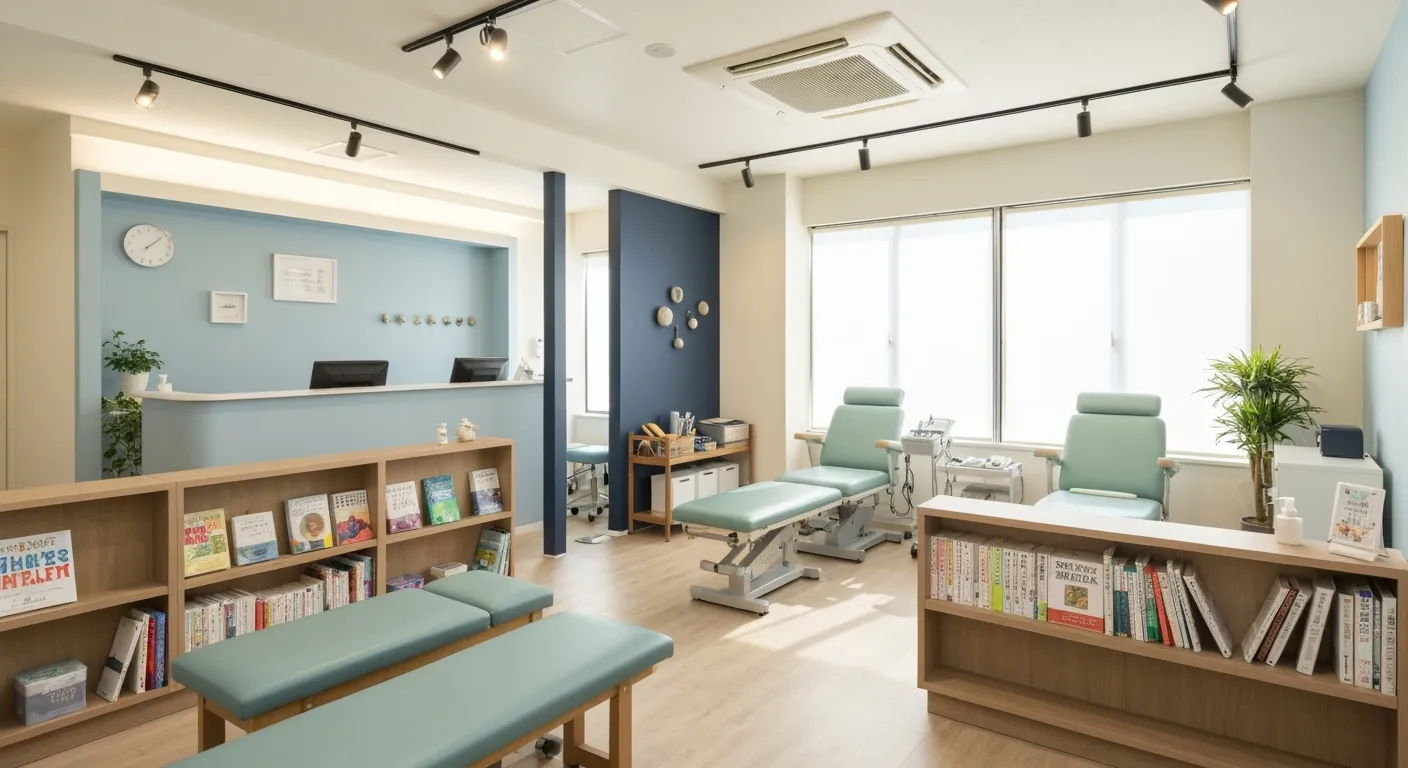What to Expect in Your First Therapeutic Bodywork Appointment
August 17, 2025
8 min
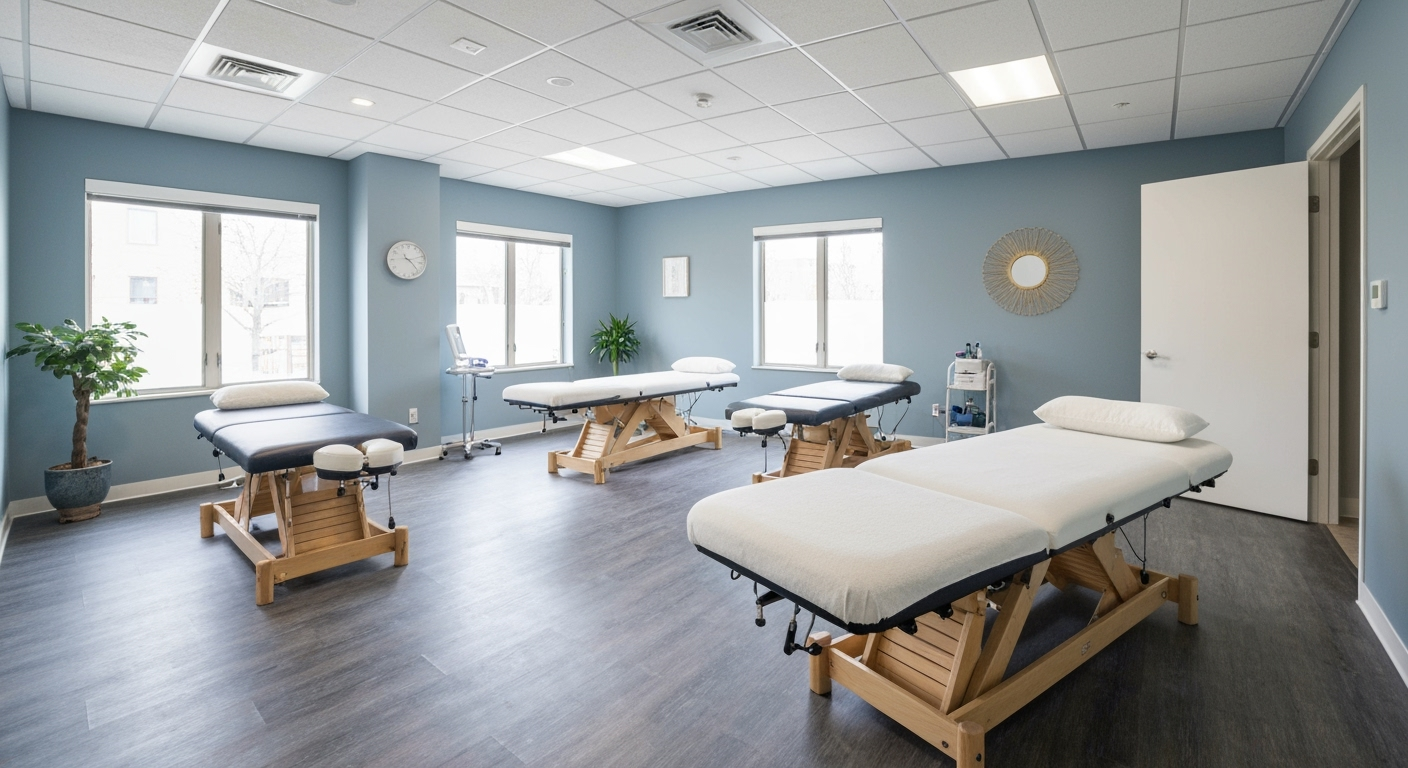
Understanding Your First Visit
Beginning therapeutic bodywork can feel both exciting and a little intimidating. This guide helps demystify what happens during your first appointment, ensuring you arrive prepared and know what to expect. From initial intake to post-session care, learn how this experience is tailored to your comfort and health needs, laying the foundation for an effective wellness journey.
The Initial Consultation and Preparation

What initial procedures typically take place during a first therapeutic bodywork appointment?
In your first massage or therapy session, the process begins with an intake where the therapist collects detailed health information. You will fill out a form or answer questions about medical conditions, lifestyle, stress levels, medications, and specific pain or discomfort areas. This helps the therapist understand your needs and develop a personalized treatment plan. Before starting, the therapist discusses your health history and any concerns you might have.
Throughout the session, open communication is encouraged. You can ask about techniques or express your comfort preferences at any point. The therapist will review your information and tailor the massage accordingly, focusing on areas needing attention while respecting your comfort and boundaries.
How should I prepare for my first massage or therapeutic bodywork session?
Preparation begins by arriving early—ideally 10 to 15 minutes before your scheduled appointment—to fill out or review intake forms and settle in without rush. Wearing loose, comfortable clothing makes changing easier and helps you feel relaxed. It’s beneficial to hydrate well before your session and avoid heavy meals beforehand so you’re comfortable during the massage.
Mental readiness is also important. Try to approach your appointment with a relaxed attitude, ready to breathe deeply and communicate openly. If you have specific goals, concerns, or areas you'd like addressed, note these beforehand or share them with your therapist at the start. This helps ensure a thorough and effective treatment.
What clothing should I wear or remove for a full-body massage?
Comfort is the priority for dressing. Wear loose, comfortable clothes to your appointment, ideally clothing that is easy to change out of. Once at the clinic or spa, you will be asked to undress to your comfort level—sometimes to your underwear or other garments. You will then lie on the massage table, covered with a sheet or towel for privacy.
The therapist will only uncover the area being worked on, maintaining your dignity and privacy at all times. You have control over how much you undress, and you can specify your preferences for modesty and coverage. Proper draping ensures you remain comfortable and secure throughout the session.
By following these preparation steps, you set the stage for a beneficial and relaxing massage experience, tailored specifically to your health and wellness goals.
The Therapeutic Bodywork Environment and Setup

What is the typical environment and setting of a therapeutic bodywork session?
A therapeutic massage session is held in a peaceful, calming space designed to promote relaxation and safety. The room is usually softly lit with dim lighting to create a soothing atmosphere. Gentle, relaxing music may be played in the background, helping clients unwind and focus on their experience.
The temperature of the room is carefully maintained at a comfortable level so that clients do not feel too cold or overheated during the session. The environment is kept free from distractions such as loud noises or interruptions, supporting a sense of trust and tranquility.
Privacy is a top priority. The space is arranged with proper draping techniques, where only the area being worked on is uncovered, while the rest of the body remains covered with sheets or towels. This maintains the client's dignity and comfort throughout the session.
Toys, oils, or lotions are used judiciously, depending on the type of massage. The overall setup encourages relaxation and allows clients to feel safe, respected, and cared for during their massage experience.
Use of music and lighting
Music can be customized to the client’s preferences, often featuring soft instrumental tunes or nature sounds. Lighting is typically subdued, sometimes adjustable to suit client comfort. These sensory elements help deepen relaxation.
Draping and comfort measures
Proper draping involves covering parts of the body not being massaged with sheets or towels, which keeps the client warm and maintains privacy. Therapists regularly check in with clients to ensure the draping arrangement remains comfortable.
Therapist-client communication during session
Throughout the massage, the therapist encourages open communication. Clients should feel free to express their comfort levels, any discomfort, or preferences regarding pressure and techniques. The therapist checks in regularly, adjusting techniques as needed to ensure an effective and enjoyable experience.
Massage Techniques and Session Flow
What should I expect during my first full-body massage therapy session?
In your initial massage session, the therapist will start by reviewing your health history and discussing your specific goals and concerns. This helps tailor the treatment to your needs. The session typically lasts about 60 minutes but can be longer if requested.
You will lie on a comfortable massage table, usually face down, covered with sheets or towels for modesty. Only the areas being worked on will be exposed, with proper draping maintained throughout.
During the massage, the therapist will use various techniques such as long, smooth gliding strokes (effleurage), kneading (petrissage), and friction to ease tension and promote relaxation. They will often check in with you about pressure and comfort levels.
Communication is important, so feel free to express any discomfort or preference for lighter or deeper pressure at any time. The therapist may also incorporate additional methods like hot stones or aromatherapy based on your preferences.
What techniques and methods are commonly used during a therapeutic bodywork session?
Common massage techniques include effleurage, which involves gentle, flowing strokes; petrissage, involving kneading to loosen muscles; friction, which targets deep adhesions; and tapotement, a rhythmic tapping motion. Vibration or percussion may be added to relax muscles further.
Deep tissue massage employs firmer pressure and slower strokes to reach deeper muscle layers, often helping with chronic pain and injury recovery.
Depending on your needs, therapists might add techniques such as myofascial release, trigger point therapy, or lymphatic drainage. Hot stones, aromatherapy, or specialized equipment like Kinesio tape might also be incorporated.
This combination of techniques aims to decrease tension, improve circulation, enhance flexibility, and promote overall well-being.
Addressing client comfort and areas of focus
Throughout the session, the therapist will continually monitor your comfort and adjust pressure accordingly. It's vital to communicate if the pressure feels too intense or too light.
You control which areas are worked on, and the therapist can focus more on areas with pain or tension such as the neck, shoulders, back, or legs.
Draping is used to protect privacy and keep you warm, with only the targeted area uncovered.
Most sessions begin with lighter pressure, gradually increasing as needed, based on your feedback. This ensures an effective, relaxing experience tailored to your preferences.
Overall, open communication helps maximize the benefits and ensures a safe, comfortable massage tailored just for you.
Post-Session Care and Follow-Up
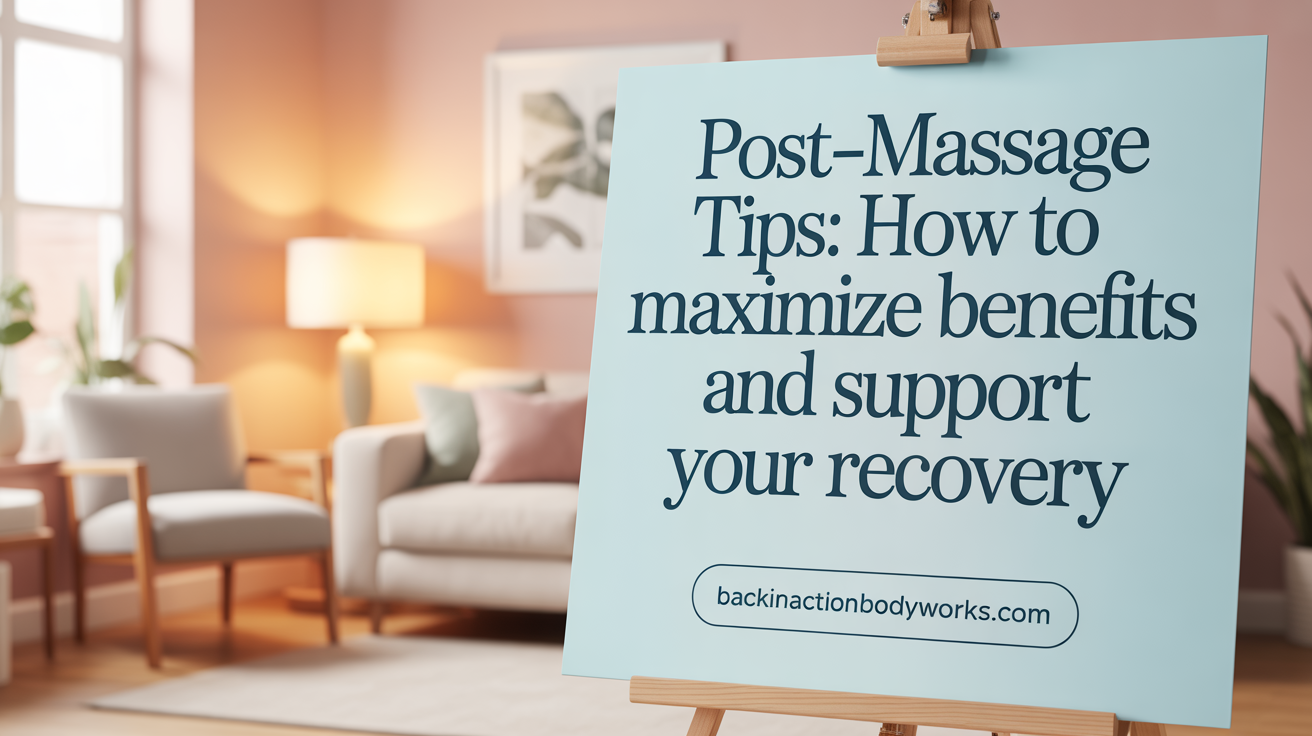
What can I expect after my first therapeutic bodywork or massage session?
After your initial massage, it's normal to feel relaxed and refreshed. Many clients also notice mild soreness or muscle tenderness that might last for 24 to 48 hours. This soreness resembles a gentle post-workout muscle fatigue and typically diminishes with time.
To support your recovery, it is crucial to stay well-hydrated. Drinking plenty of water helps flush out toxins released during the massage and keeps muscles supple. Light activities, such as gentle stretching or taking a slow walk, can promote circulation and ease stiffness.
Immediately following your massage, avoid heavy exercise, alcohol, and caffeine, as these can counteract the relaxation benefits or increase potential soreness. Rest is also recommended to allow your body to recover and adapt.
Your therapist might suggest scheduling follow-up sessions based on your goals, whether for ongoing stress relief, pain management, or improved flexibility. They may also recommend specific exercises, stretches, or self-care practices to maximize the benefits of your massage and address any persistent issues.
Regular maintenance massages can enhance circulation, reduce muscle tension, and promote overall wellness. Communicating with your therapist about your experience and concerns ensures tailored ongoing care and optimal results.
Etiquette, Comfort, and Benefits of Your First Session
What are the key benefits and purposes of therapeutic bodywork during the initial visit?
The first massage therapy session is designed to help you understand your body's needs and develop a personalized treatment plan. During this visit, the therapist will conduct a thorough assessment, discuss your health history, and identify specific areas of pain or tension. This initial session aims to promote immediate relaxation, reduce muscle stiffness, improve circulation, and help you feel more rejuvenated.
Building trust with your therapist is fundamental, as this foundation allows for more effective treatments tailored to your goals. Whether relieving chronic pain, managing stress, or enhancing overall wellness, your first appointment sets a course for ongoing care and improved health outcomes.
What etiquette and behaviors are appropriate during a massage or therapeutic bodywork session?
Maintaining proper etiquette ensures a respectful and relaxing environment for both you and your therapist. Arrive promptly, ideally 10-15 minutes early, to complete necessary paperwork and settle in comfortably.
Practicing good hygiene—showering beforehand and avoiding perfumes or heavy odors—enhances the experience. You are encouraged to communicate openly with the therapist about your comfort levels, pressure preferences, or any concerns. Respect the professional boundaries by following draping guidelines, which involve keeping your private areas covered with sheets or towels during the session.
Talking during the session is optional; some clients prefer silence to relax fully, while others may wish to engage in light conversation. After the massage, hydrate well, rest, and allow your body time to absorb the benefits.
Tipping the therapist, typically 15–20%, is appreciated but not obligatory, depending on your setting. Adhering to these behaviors ensures a positive, safe, and beneficial experience for everyone involved.
Benefits and purpose of your first session
The primary purpose of your initial massage is to evaluate your body’s condition and understand your specific needs. It helps identify tension, adhesions, or areas of discomfort, which guides targeted treatment.
You will leave feeling more relaxed, with reduced muscular tension and increased blood flow. This session also offers the opportunity to establish rapport with your therapist, voice your preferences, and set achievable wellness goals.
Overall, the first visit lays the groundwork for ongoing care, supporting your journey toward better physical health and emotional well-being.
Embrace Your Therapeutic Bodywork Journey
Your first therapeutic bodywork appointment is a personalized, caring experience designed to support your physical and mental well-being. By knowing what to expect—preparation, session flow, environment, and aftercare—you can fully relax and engage in the healing process. Open communication with your therapist ensures your comfort and helps build a treatment plan that evolves with your needs. Embrace this journey toward greater relaxation, relief, and holistic health.
References
- What to Expect at Your Massage Session - AMTA
- What can I expect from my first massage therapy session?
- What to Expect at Your First Massage Therapy Appointment
- What to Expect in Your First Massage?
- What To Expect During Your First Deep Tissue Massage Session
- What Can I Expect in a First Massage Therapy Visit?
- What to Expect From Your First Massage Therapy Appointment
- Ultimate Guide For My First Massage Therapy Session - BodyWorkz
- What to Expect During Your First Massage Therapy Appointment
Recent articles

Simple Lifestyle Adjustments to Maintain a Healthy Spine

Personalized Nutritional Counseling for Improved Health Outcomes

Exploring Non-Surgical Treatments for Spine-Related Conditions

An Introduction to Spinal Decompression for Sciatica Patients

Transformative Success Stories: Patient Experiences with Chiropractic Treatments

Why Chiropractic Care Is Essential for Back Pain Relief

Addressing Underlying Causes Versus Symptom Management in Pain Care

The Role of Nutrition in Enhancing Chiropractic Treatment Effectiveness

Sciatica Treatment Options: Is Spinal Decompression Right for You?

Lifestyle Tips to Maintain a Healthy Spine and Prevent Back Issues

The Synergy Between Physiotherapy and Chiropractic Treatments

What Happens During Your Initial Chiropractic Consultation

Effective Corrective Exercises for Sustainable Pain Management

Taking a Root Cause Approach to Chronic Pain Management

Holistic Pain Management Techniques Without Surgery

How Patient Success Stories Validate Chiropractic Care Benefits

Spinal Decompression: Innovative Treatment for Sciatic Nerve Pain

Spinal Decompression Therapy: A Non-Invasive Approach to Sciatica Relief

Exploring Holistic Approaches Beyond Surgery for Pain Relief

Practical Lifestyle Advice to Support a Healthy Spine Every Day

Corrective Exercise Routines Designed for Long-Term Pain Prevention

Real Patient Stories: Overcoming Chronic Pain with Chiropractic Care

Lifestyle Changes That Promote a Healthy Spine and Prevent Injury

How Addressing the Root Cause of Pain Leads to Lasting Relief

Non-Surgical Holistic Therapies to Manage Chronic Pain Effectively

Nutritional Counseling's Impact on Physical Health and Healing

Benefits of Regular Chiropractic Care for a Stronger Back

Your First Chiropractic Visit: What to Expect and How to Prepare

Patient Experiences: How Chiropractic Care Transformed Their Lives

Exploring Holistic, Non-Surgical Options for Pain Management

Combining Physiotherapy with Chiropractic Treatments for Enhanced Recovery

Holistic Treatments That Offer Alternatives to Surgery for Pain Relief

Corrective Exercise Strategies for Long-Term Spine Health

How Physiotherapy Complements Chiropractic Adjustments for Better Outcomes

First-Time Chiropractic Visitors: What You Should Know

Understanding the Importance of Treating Pain at Its Source

Adopting Lifestyle Changes to Support Your Spine's Wellness

Utilizing Physiotherapy to Enhance Chiropractic Treatment Outcomes

The Key Advantages of Chiropractic Care for Back Pain Sufferers

Why Focusing on Root Causes Improves Pain Treatment Success

Corrective Exercises That Promote Lasting Pain Relief and Mobility

Sciatica Relief Through Targeted Spinal Decompression Techniques

Preparing for Your First Chiropractic Appointment with Confidence

Healthy Lifestyle Habits for Maintaining Spinal Alignment

Success Stories Highlighting Chiropractic's Role in Pain Recovery

Top Benefits of Chiropractic Care for Chronic Back Pain

Nutrition Tips to Boost Your Overall Wellness and Recovery

How Chiropractic Care Alleviates Back Pain Naturally

How Nutritional Counseling Supports Overall Wellness and Spine Health

Step-by-Step Guide to Your First Visit with a Chiropractor

Using Nutrition to Support Chiropractic and Overall Wellness

Integrating Physiotherapy in Your Chiropractic Healing Journey

How Physiotherapy Complements Chiropractic Adjustments for Faster Healing

Lifestyle Tips for Maintaining a Healthy Spine and Preventing Back Pain

Heartwarming Patient Testimonials Highlighting Chiropractic Success

How Proper Nutrition Supports Chiropractic and Physiotherapy Treatments

Combining Physiotherapy and Chiropractic Treatments for Optimal Recovery

Why Chiropractic Treatments Are Effective for Managing Back Pain

Choosing a Chiropractor: Tips for Finding a Trusted Provider

Integrating Physiotherapy and Chiropractic: Benefits and What to Expect

How Tailored Corrective Exercises Can Aid in Pain Management

Chiropractic Care: A Proven Solution for Alleviating Back Pain

What to Expect at Your First Chiropractic Visit: A Comprehensive Guide

The Importance of Root Cause Analysis in Effective Pain Management

The Role of Corrective Exercises in Sustaining Pain-Free Living

Combining Chiropractic and Physiotherapy for Comprehensive Pain Relief

How Addressing Underlying Causes Improves Pain Treatment Effectiveness

Maintaining Spinal Health Through Lifestyle Changes and Preventive Care

Understanding the Benefits of Chiropractic Adjustments for Back Pain Sufferers

Spinal Decompression Therapy: A New Hope for Sciatica Relief

Lifestyle Recommendations to Support a Healthy Spine and Reduce Pain
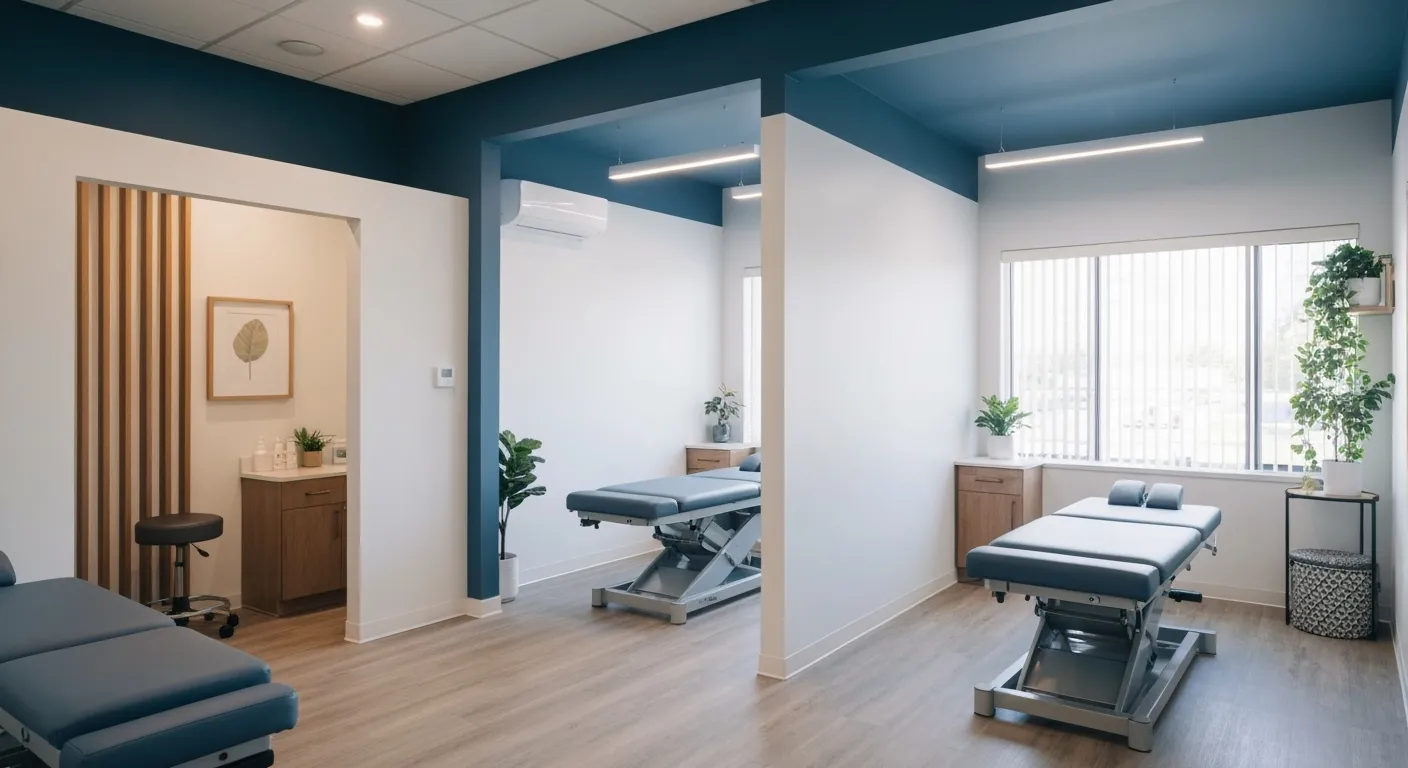
Choosing the Right Chiropractor: Key Factors to Consider Before Your First Appointment
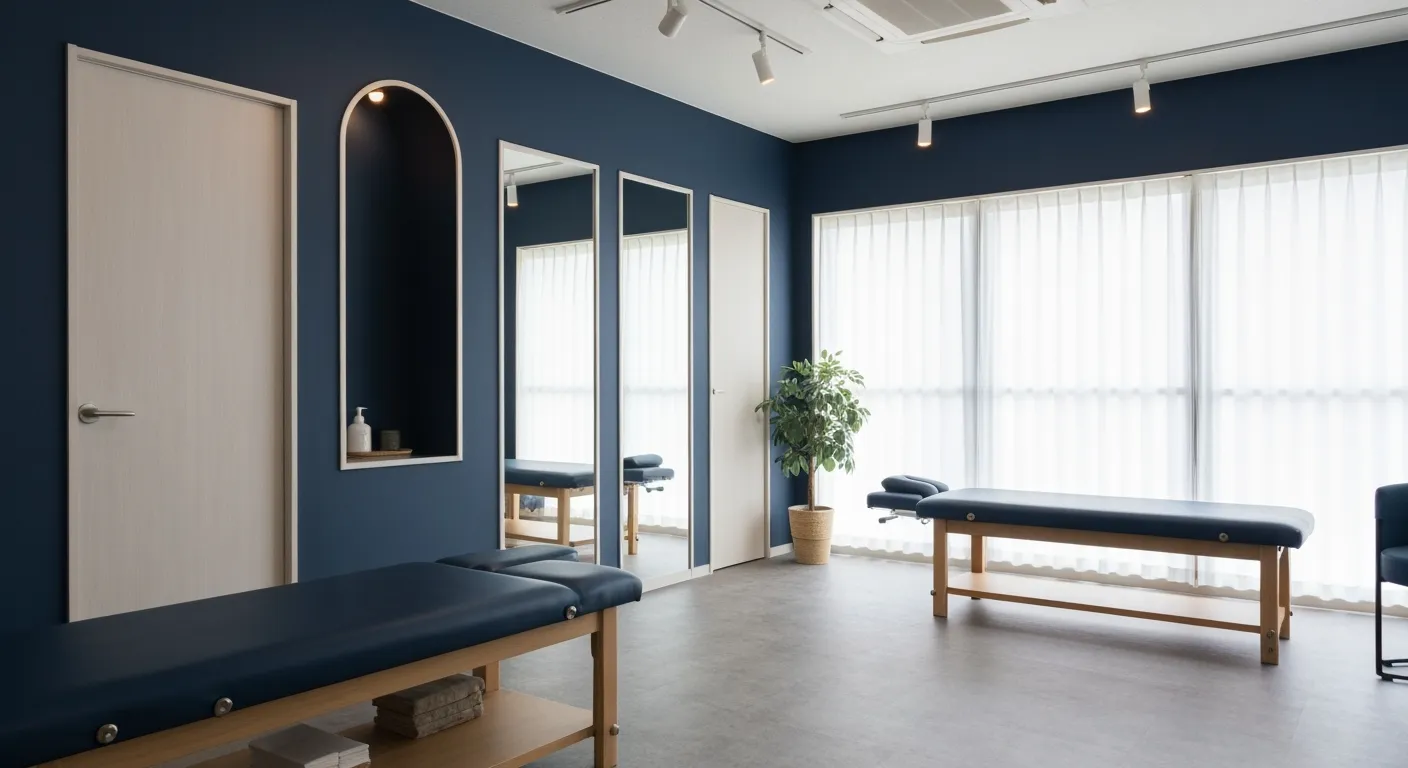
Non-Invasive Treatment Alternatives: A Holistic Approach to Pain Relief
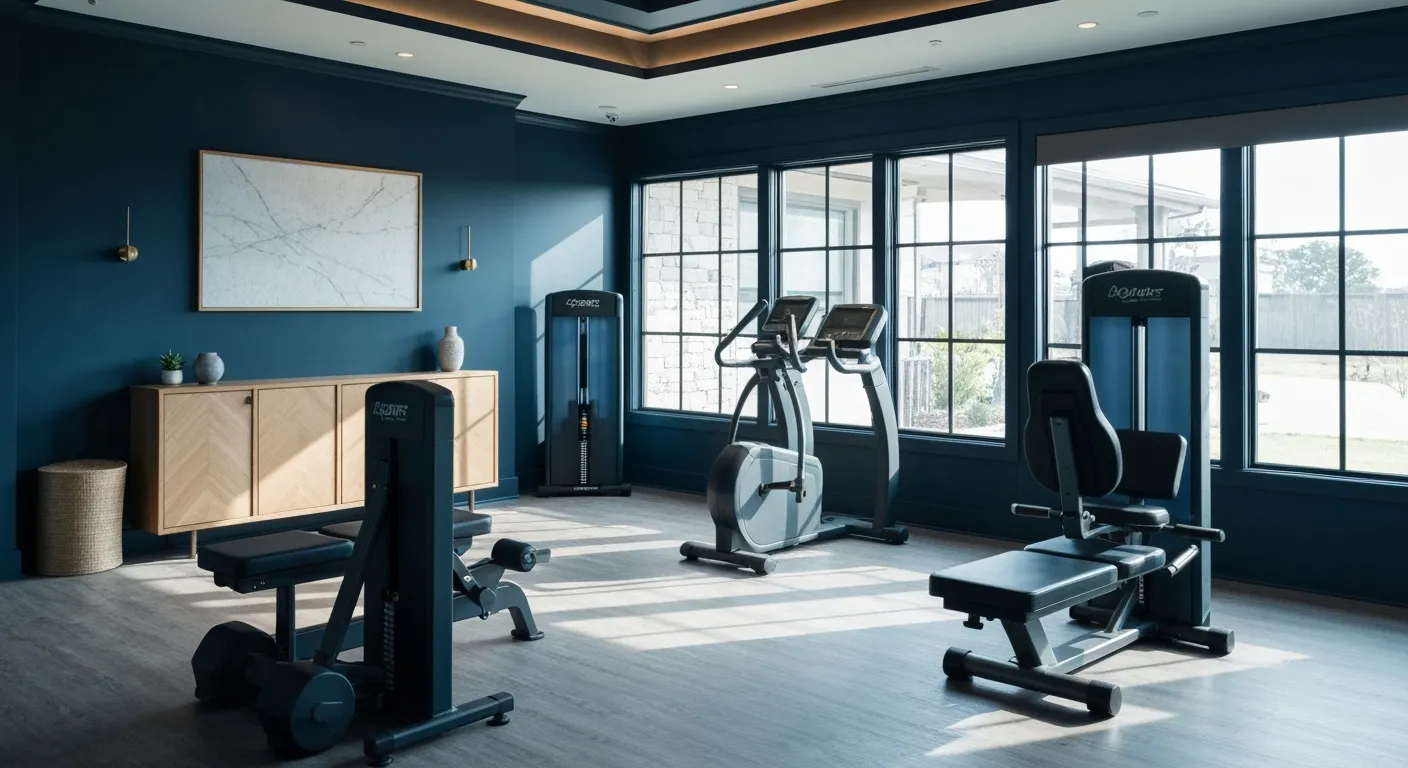
Corrective Exercises to Support Long-Term Relief from Chronic Pain

Exploring Non-Surgical Approaches to Spine Health and Wellness

Tips for Daily Habits That Keep Your Spine Strong

Success Stories: How Chiropractic Treatments Changed Lives

Why Focusing on the Root Cause of Pain Leads to Better Outcomes
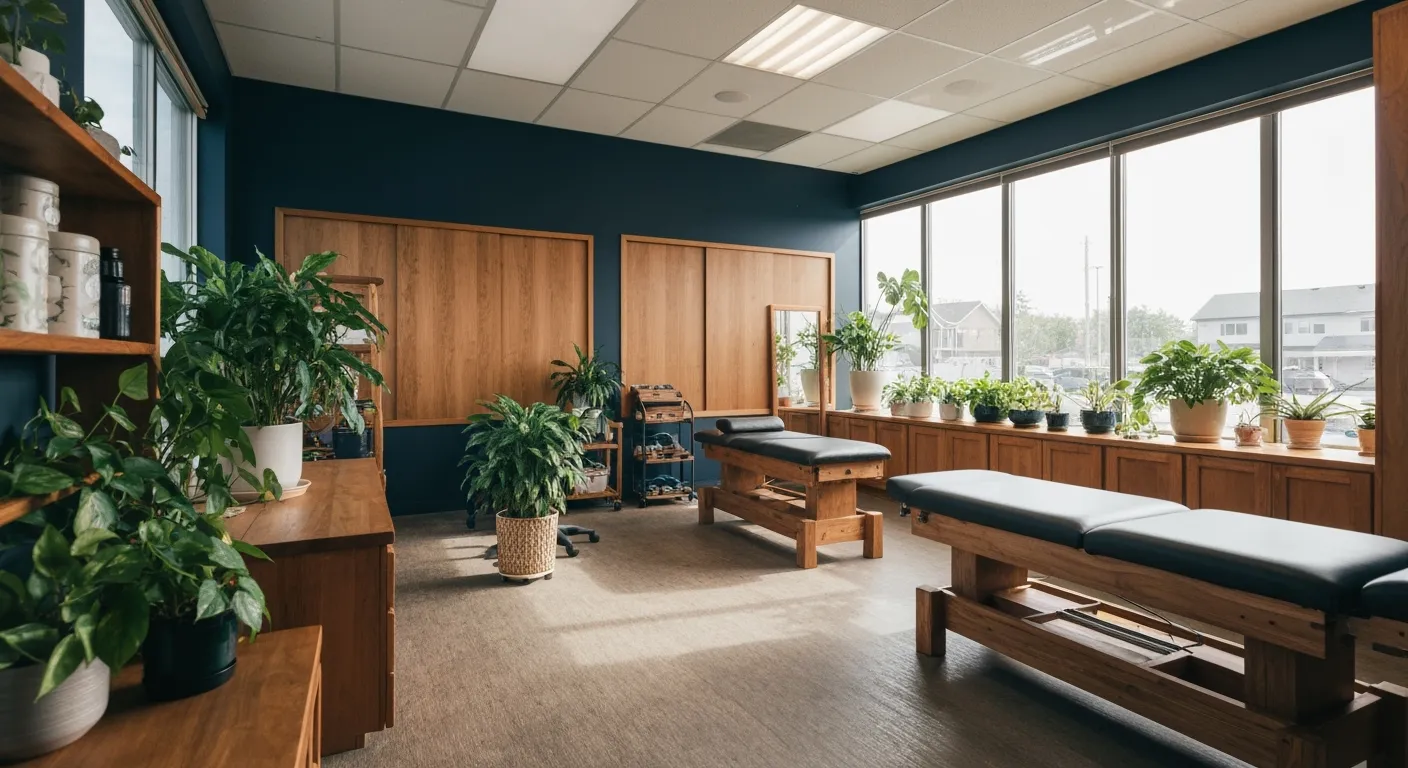
Nutritional Counseling and Its Impact on Overall Wellness and Recovery
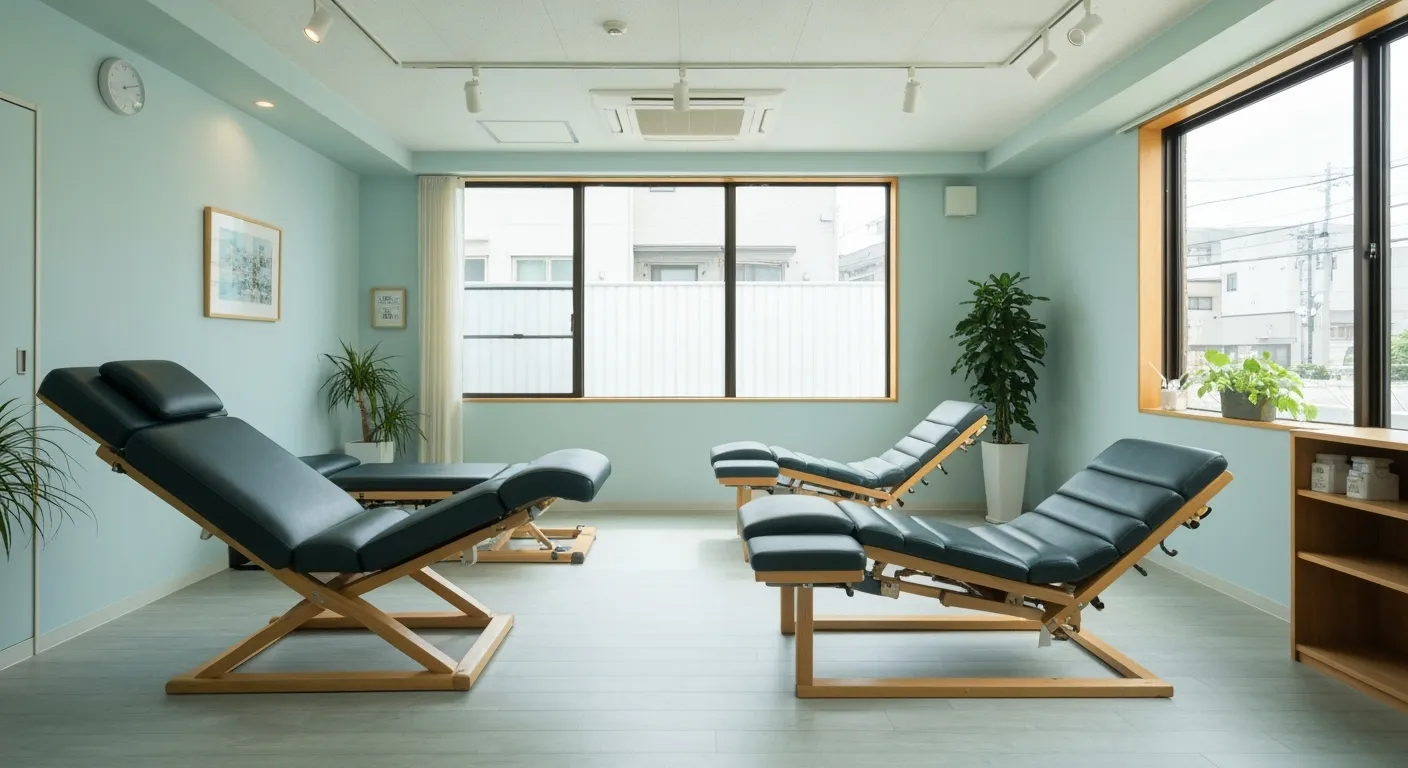
Patient Testimonials That Showcase the Power of Chiropractic Care

Preparing for Your First Chiropractic Appointment: What You Need to Know
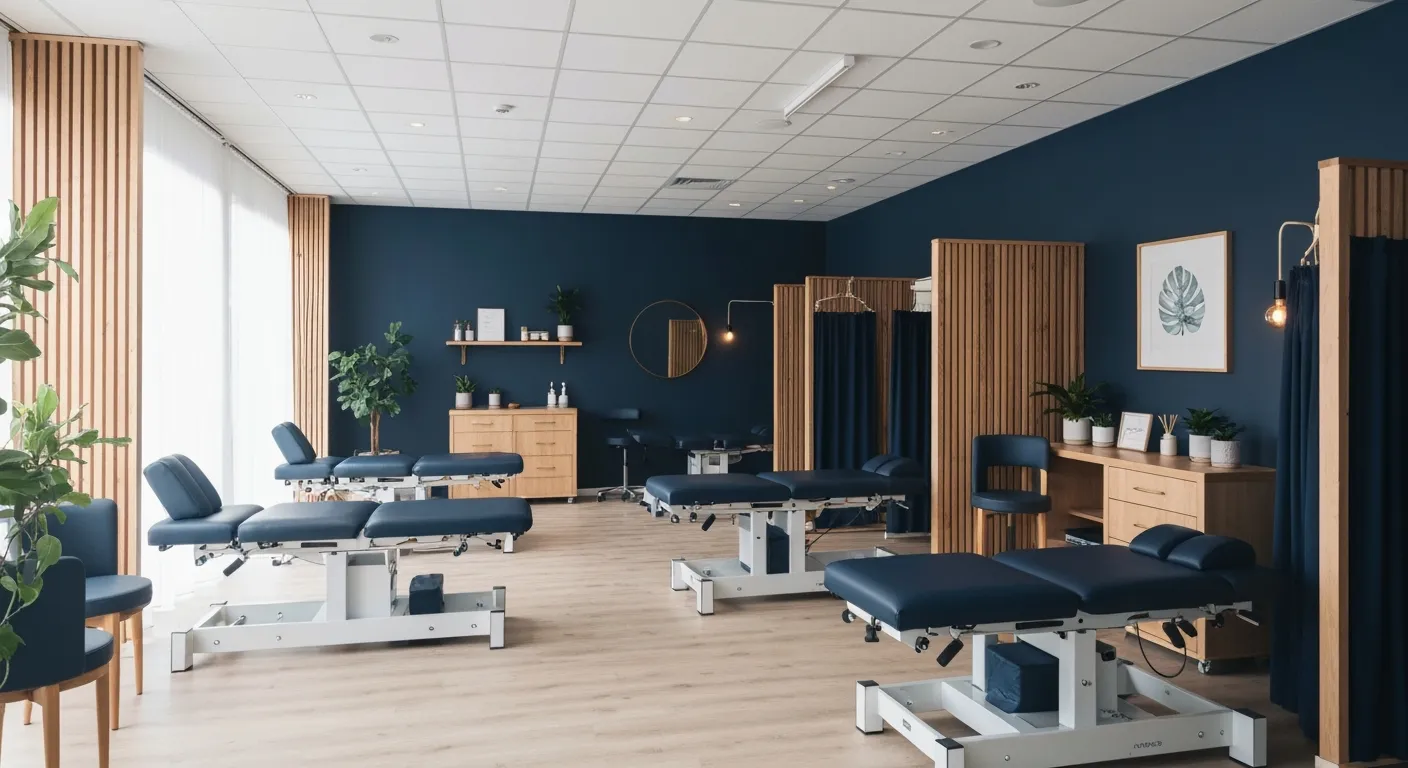
Holistic Treatment Options: Beyond Surgery for Pain Relief
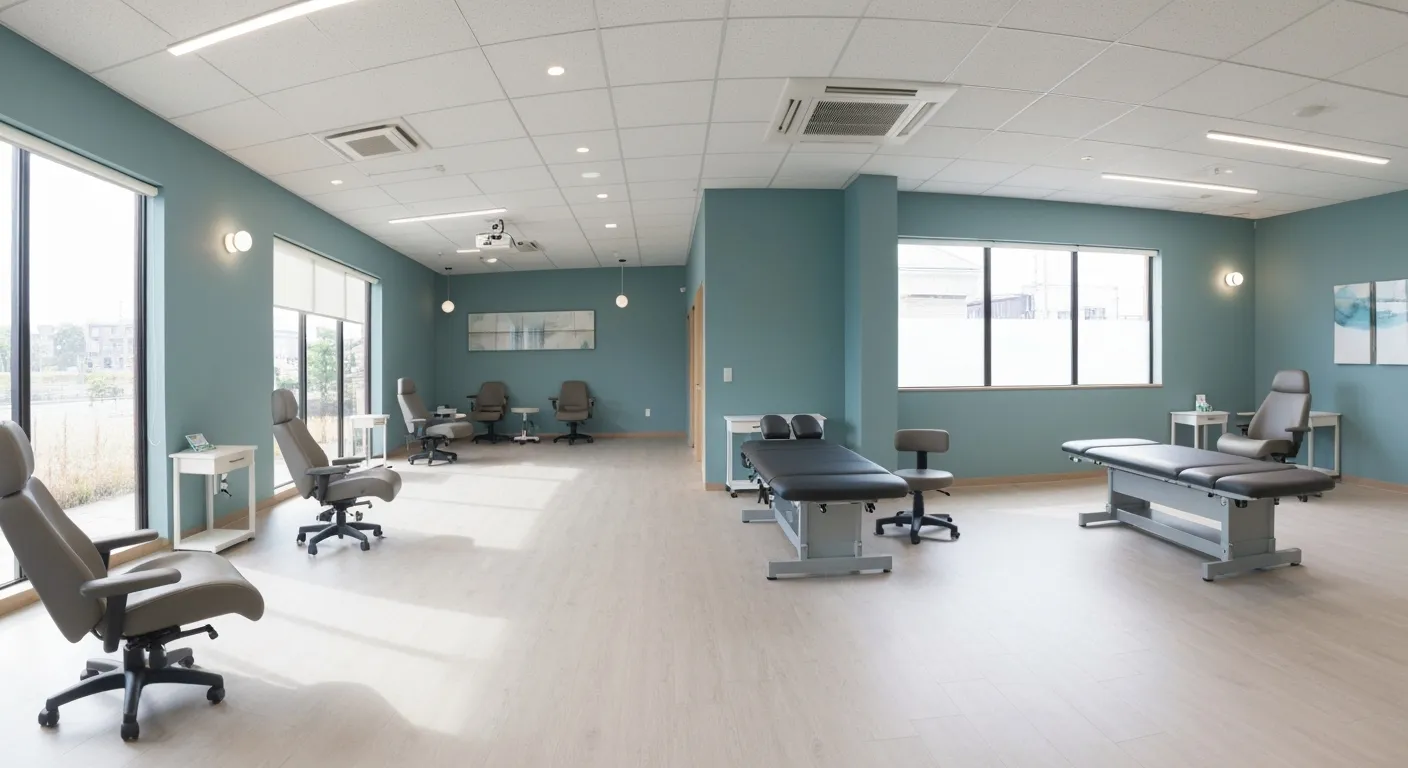
Holistic Pain Relief Methods That Avoid Surgery

Nutritional Strategies for Supporting Spine Health and Recovery
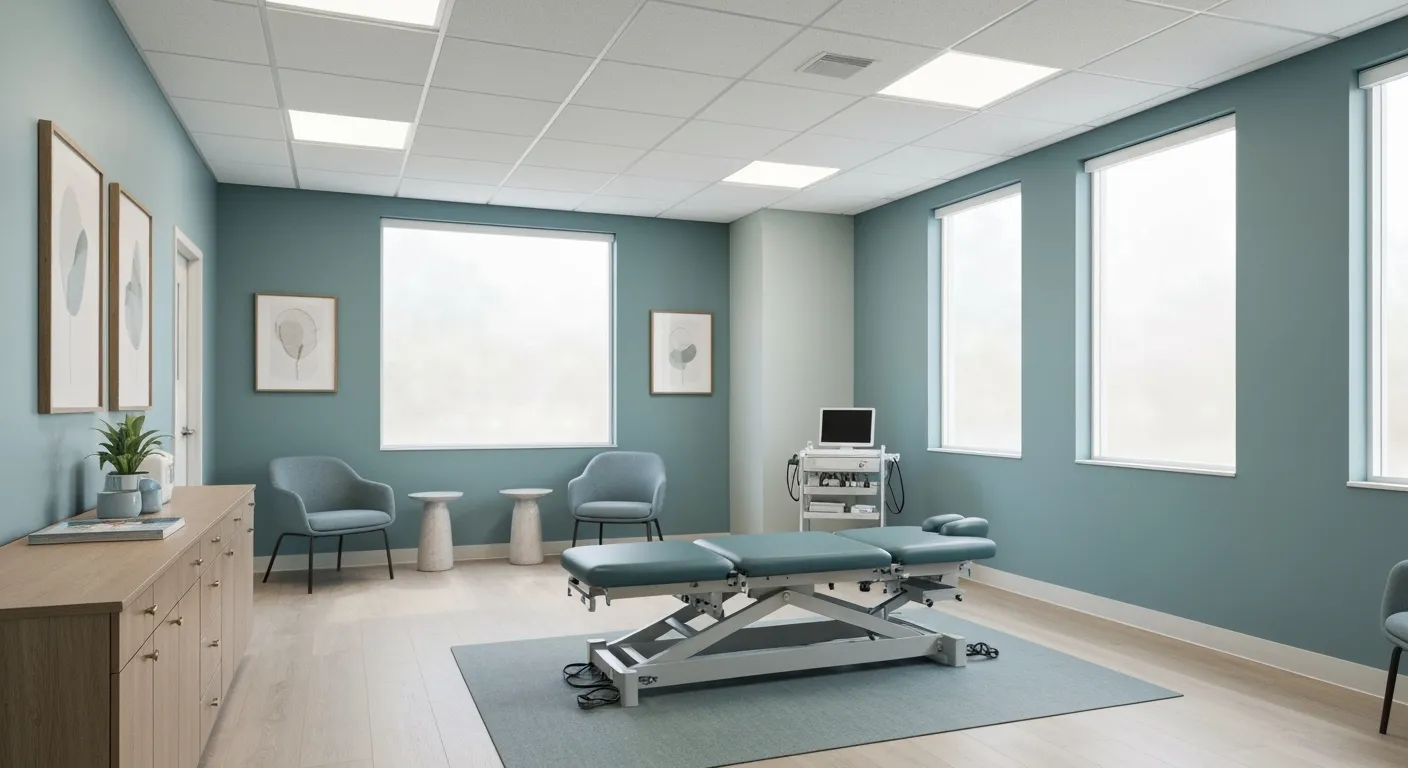
First Chiropractic Visit: What Happens and How to Prepare

Chiropractic Patient Success Stories: Inspiring Journeys to Wellness
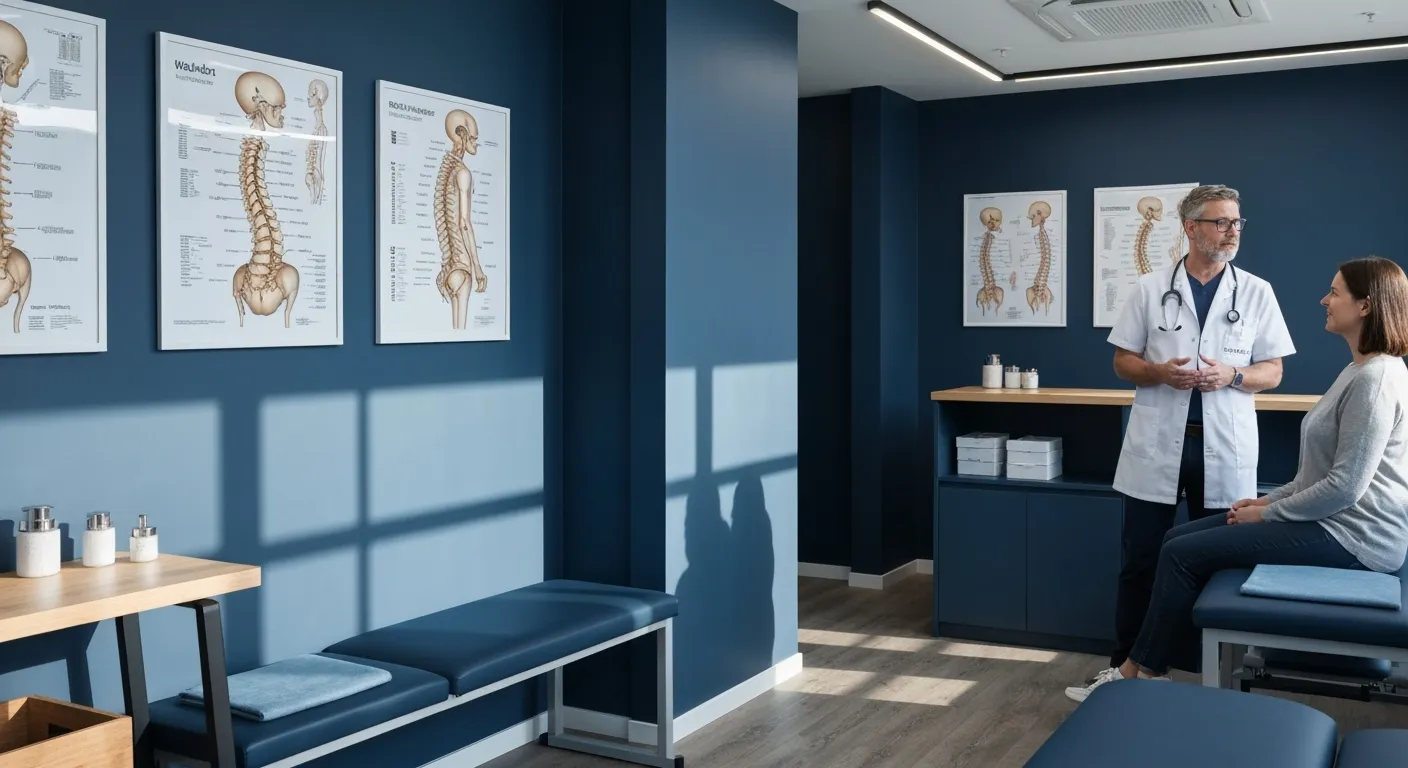
Effectiveness of Spinal Decompression Therapy in Managing Sciatic Nerve Pain

Addressing Pain at Its Source: Why Treating the Root Cause Matters
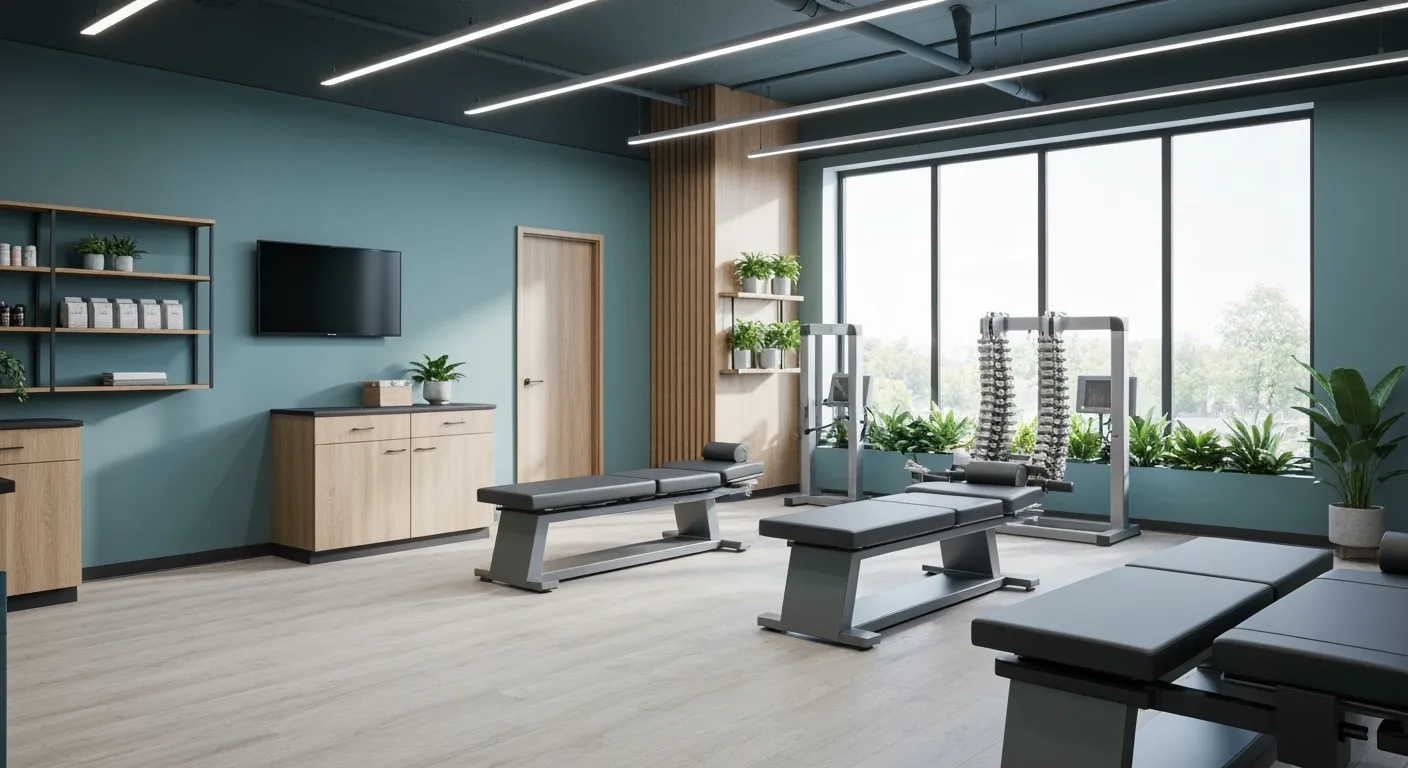
Corrective Exercise Programs Designed for Long-Term Pain Prevention

Healthy Lifestyle Advice for Maintaining Spinal Alignment
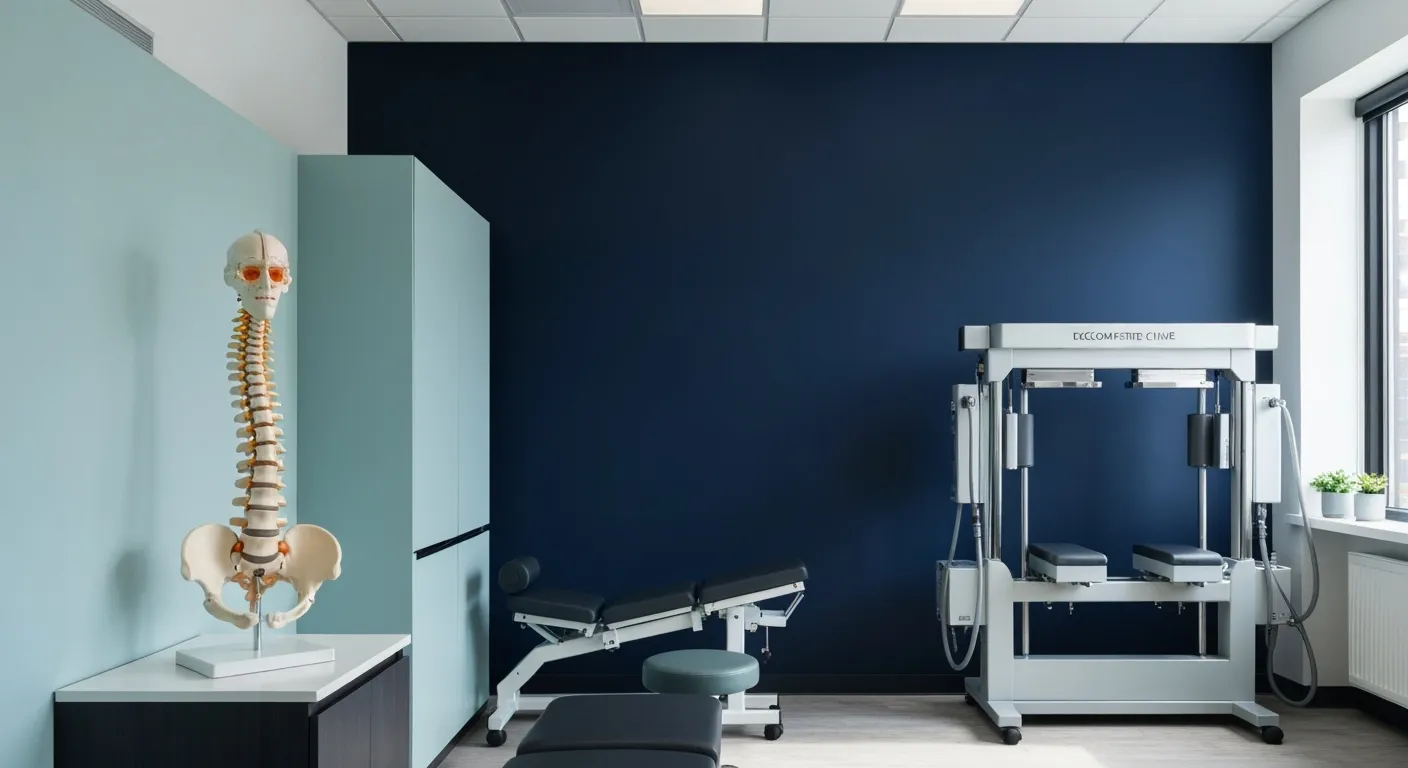
Understanding Spinal Decompression as a Treatment for Sciatica Pain
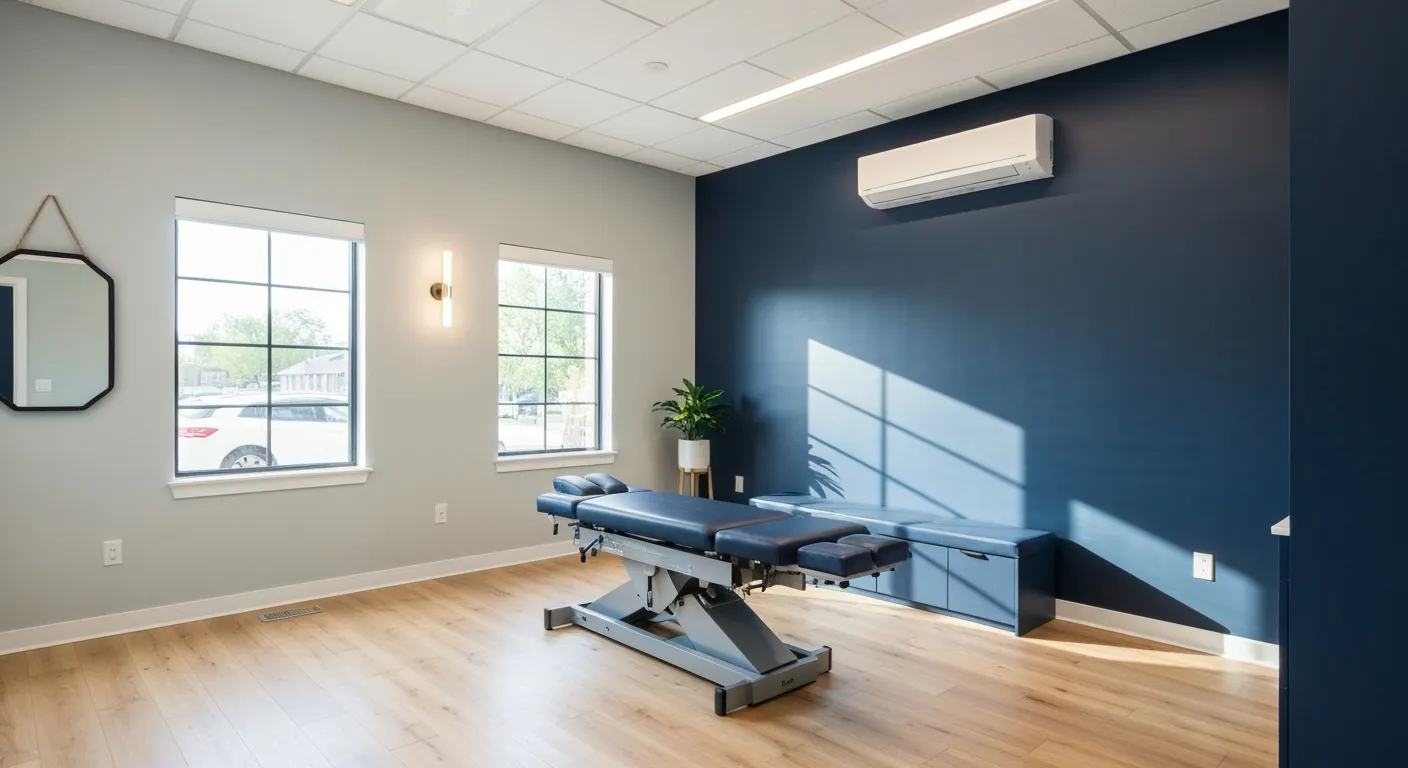
Benefits of Chiropractic Care Specifically for Back Pain Relief

Understanding Gait Analysis in Physiotherapy
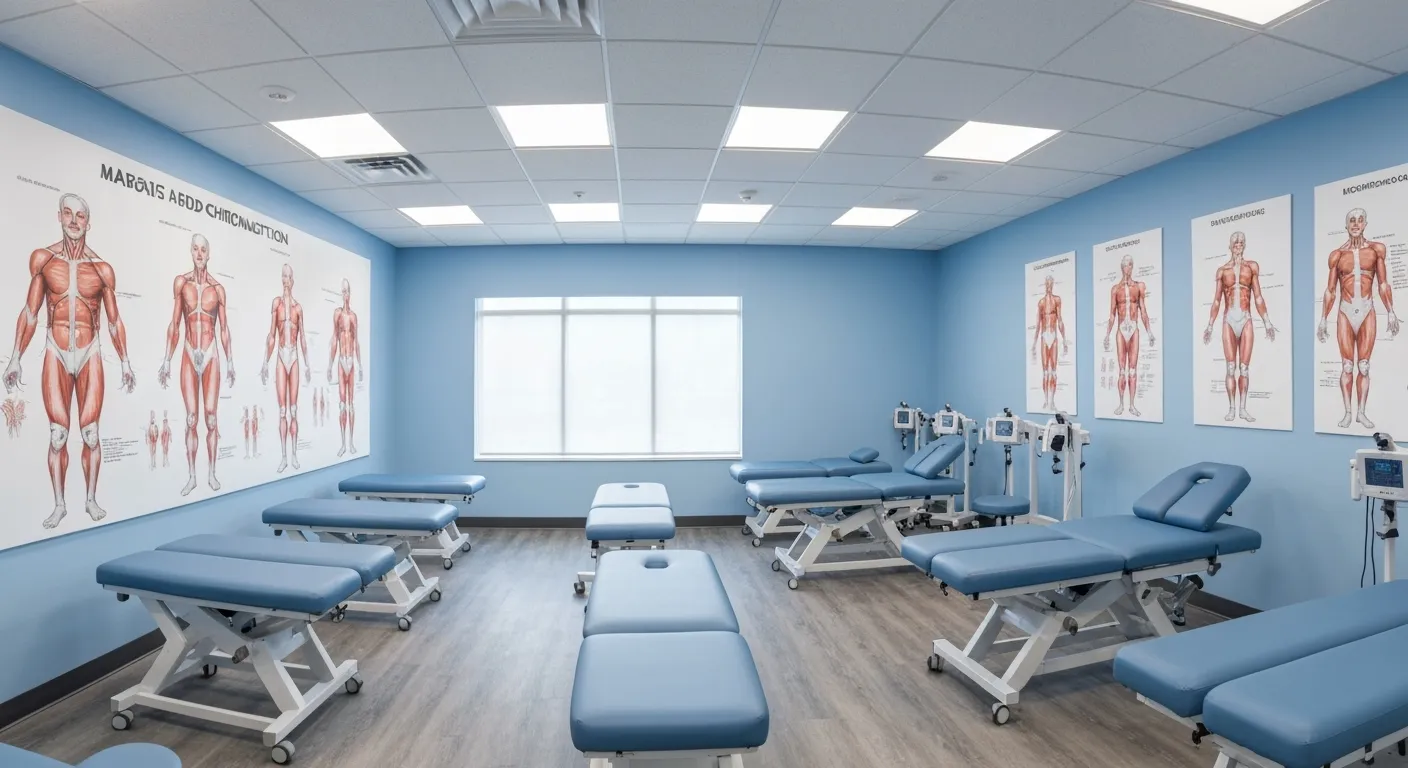
The Difference Between Muscle Soreness and Dysfunction
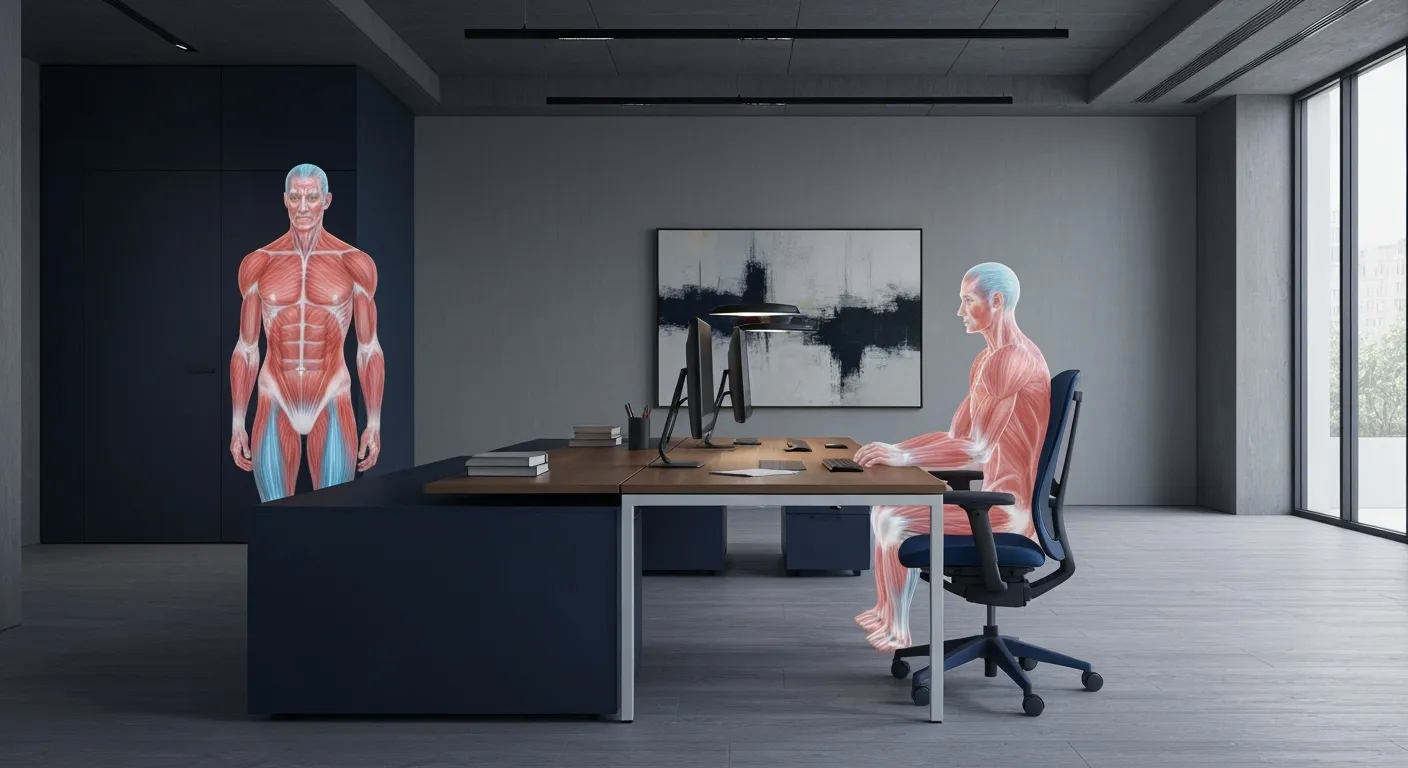
Workplace Stress Statistics: How Muscle Tension Impacts Productivity
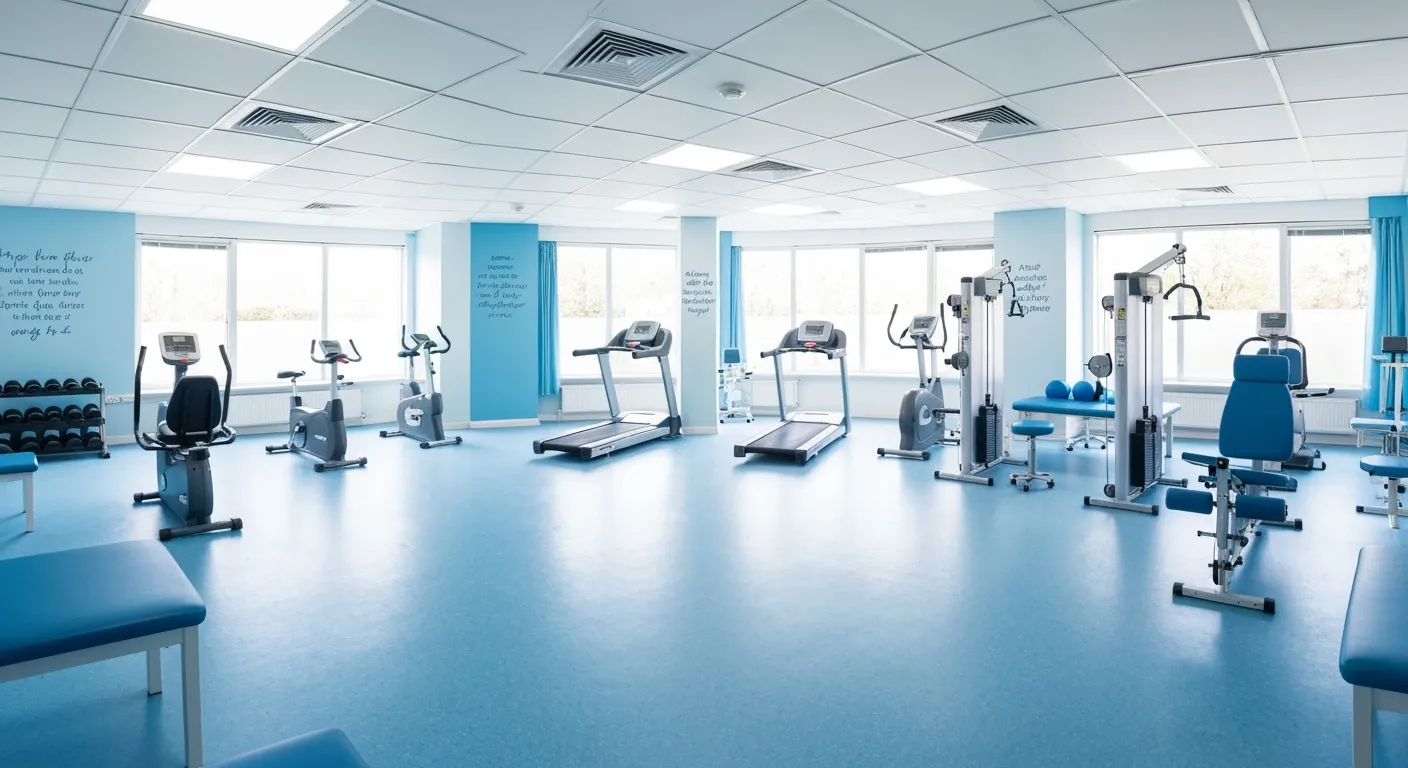
How Physiotherapy Improves Mobility for Seniors

How to Communicate Pain Levels to Your Therapist Effectively
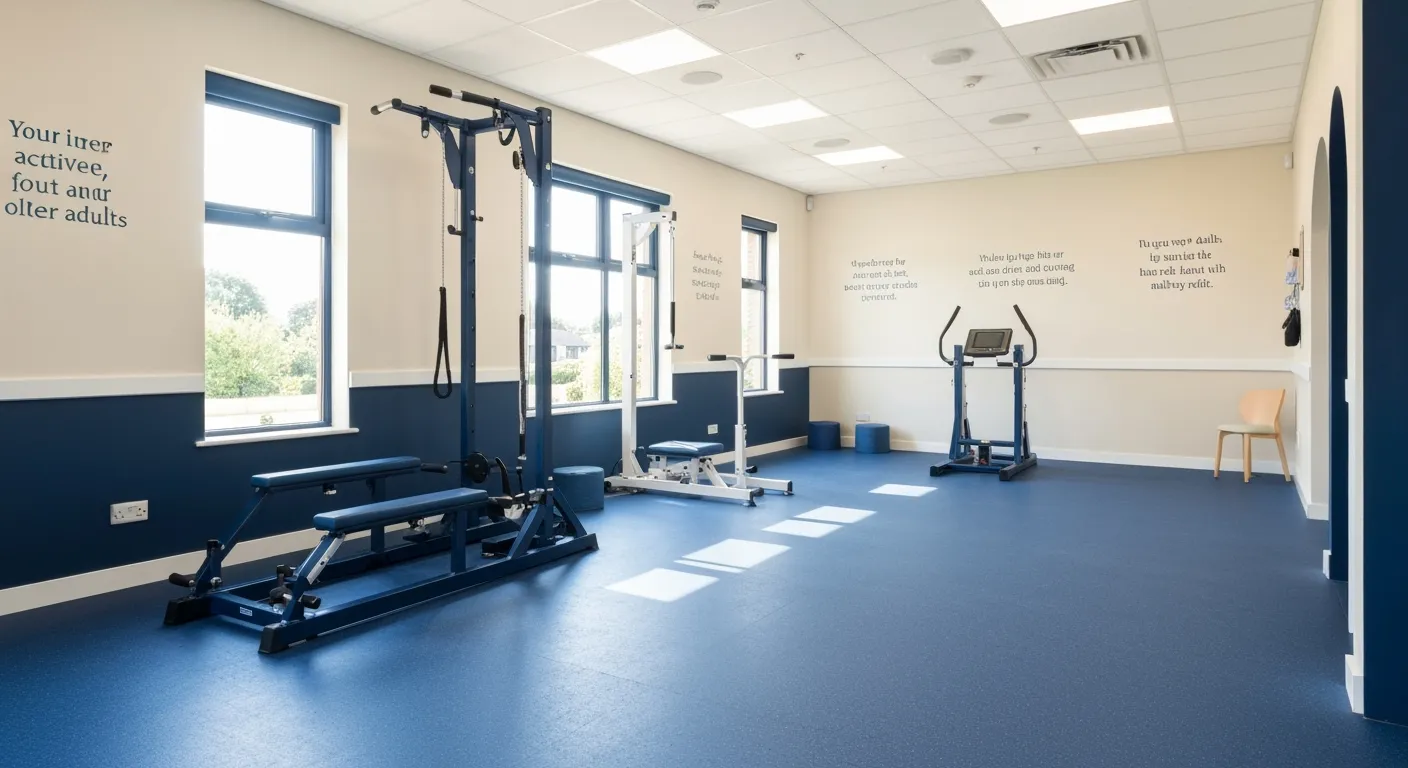
Physiotherapy Interventions for Balance and Fall Prevention

How Physiotherapy Helps Post-Surgical Recovery
